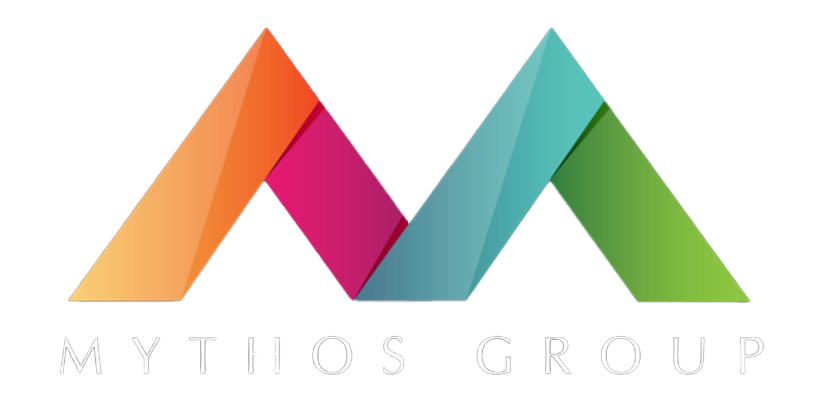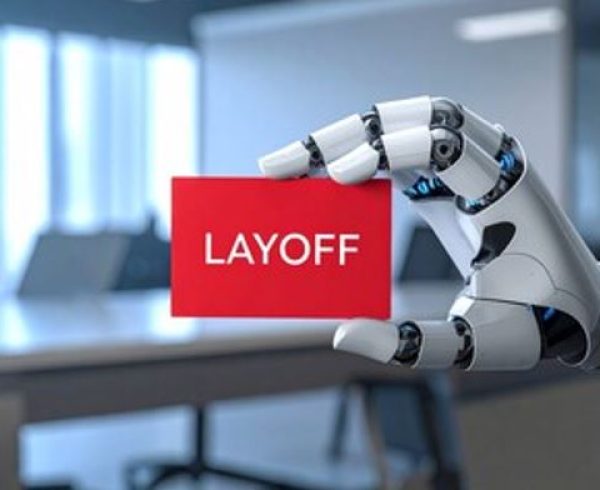Here’s the paradox that should make every executive pause: 78% of organizations now use AI and 88% of executives position AI among their primary strategic objectives, yet 74% of companies struggle to achieve and scale value from their AI investments. Fewer than 20% are scaling their efforts meaningfully.
Most executives are asking “How do we add AI to our strategy?” when they should be asking “What strategy do we need when intelligence is free?” This fundamental misframing explains why AI transformations fail: companies are trying to upgrade their intelligence when they should be downgrading their friction.
We’re witnessing the collapse of an economic constraint that has shaped organizational design for decades: analytical scarcity. For generations, analytical intelligence was scarce, expensive, and slow to produce, so we built hierarchies to ration it and competitive strategies around controlling it. Large language models eliminated that scarcity overnight.
The Intelligence Economy Transformation
The business world has experienced a fundamental shift in competitive dynamics. Tasks that required hours of expert analysis now complete in minutes for pennies. Lumen reduced sales preparation time from four hours to 15 minutes using Microsoft Copilot, projecting annual savings worth $50 million.
McKinsey’s latest research shows 71% of organizations regularly use generative AI, up from 65% in early 2024. Every consultant engagement for insights that AI generates instantly exposes you to rivals with fundamentally different cost structures.
The most brutal reality lies in where AI creates value. Research shows that 62% of AI’s value lies in core business functions like operations, sales and marketing, and R&D, not support functions. This means AI isn’t just improving efficiency; it’s transforming the fundamental activities that create competitive advantage.
Traditional competitive moats are evaporating. Proprietary data becomes less valuable when AI synthesizes public information into comparable insights. Every hierarchical approval process designed to manage analytical scarcity creates decision delays that competitors exploit for sustainable advantage.
Organizational Architecture Revolution
The most successful companies recognize this transformation demands rebuilding how organizations think, decide, and compete. Gartner research finds 61% of organizations are evolving their data and analytics operating model because traditional structures designed for information scarcity now create expensive decision delays.
Amazon CEO Andy Jassy mandated each organization increase “the ratio of individual contributors to managers by at least 15%” to flatten structures and accelerate decision-making. This isn’t about cost reduction; it’s about removing decision friction that competitors exploit.
Microsoft eliminated internal competition by merging teams into an AI and Research Group, bringing engineers and computer scientists together to focus on artificial intelligence across all product lines. When small teams can access sophisticated capabilities without hierarchical approval, the entire logic of traditional management becomes obsolete.
Organizations must audit every approval workflow that creates intelligence bottlenecks and redesign authority structures to match intelligence access patterns. The companies that execute this architectural shift first create decision-making advantages that become mathematically difficult for traditional hierarchies to overcome.
Leadership Capability Evolution
The executive competencies that drove success in information-scarce environments become limitations when intelligence is abundant. Traditional leadership emphasized pattern recognition from limited data and synthesizing complex analysis into actionable insights. AI now performs these functions at superhuman scale and speed.
Strategic thinking shifts from synthesizing limited information to orchestrating comprehensive analysis. Decision-making combines evidence-backed judgment with rapid iteration. Commercial Bank of Dubai leveraged Microsoft 365 to democratize AI, saving 39,000 hours annually while enhancing workflows and expanding AI literacy across teams.
Executive AI fluency becomes the bridge between technological capability and business results. Leadership development must now include systematic AI capability building through AI fluency training, cultural transformation initiatives, and regular strategy sessions where executives practice using AI tools for strategic analysis.
The Three Transitions Framework
The intelligence economy demands three sequential transitions that will determine your competitive position over the next 18 months. Gartner predicts 30% of generative AI projects will be abandoned after proof of concept by end of 2025, while 92% of companies that successfully scale see positive ROI within 12 months.
Transition 1: Organizational Foundation (0-6 months)
Audit your last 10 major decisions and identify how many required approval chains longer than 48 hours. Map which analytical tasks your executives personally perform that AI could handle. Conduct an intelligence bottleneck audit, map approval workflows that slow AI-augmented teams, and redesign authority flows. Pilot AI-first processes in 2-3 business functions, measuring decision velocity improvements.
Transition 2: Leadership & Capability Building (7-12 months)
Have each executive use AI to generate three strategic options for a current business challenge, then compare those to their traditional approach. Focus on executive AI fluency training, systematic capability development across your leadership team, and cultural transformation that embeds intelligence orchestration into management practices. Establish AI centers of excellence and run monthly AI strategy sessions.
Transition 3: Competitive Strategy Evolution (13-18 months)
Develop new business models that assume intelligence abundance rather than scarcity. Redesign customer experiences around real-time AI-powered personalization and build partnerships that combine your organizational learning capabilities with complementary AI strengths. Create competitive advantages through superior intelligence orchestration rather than information hoarding.
[These three transitions work as an integrated 18-month roadmap: Organizational Foundation removes structural friction (0-6 months), Leadership & Capability Building develops executive AI fluency (7-12 months), and Competitive Strategy Evolution creates sustainable advantages through intelligence orchestration (13-18 months).]
Critical Failure Patterns
Organizations that skip steps face predictable failure patterns. Only 10% of AI pilots make it to production, with 90% stuck in endless testing phases.
“AI on Broken Workflows” occurs when organizations apply sophisticated technology to fundamentally flawed processes. A consulting firm implemented AI for proposal writing but maintained seven approval layers. AI generated proposals in two hours, approval took three weeks.
“Technology Without Capability” happens when companies rush past leadership development. A manufacturing company invested $50 million in AI analytics, but executives continued making decisions based on “gut feel” because they didn’t trust AI insights they couldn’t interpret.
“Strategy Without Foundation” emerges when organizations jump to competitive positioning they cannot sustain operationally. A retail chain launched “AI-first” customer experience while maintaining centralized decision-making, creating service failures that required two years to repair.
Strategic Imperative
This isn’t a technology cycle; it’s a permanent economic shift. Companies that master the Three Transitions will operate as intelligence orchestration platforms that synthesize human insight with machine analysis at unprecedented scale and speed.
The ultimate paradox: in a world where intelligence becomes abundant, the scarcest resource becomes the courage to unlearn what made you successful. The companies that will dominate the next decade aren’t the ones with the best AI. They’re the ones brave enough to abandon the decision-making processes that got them here.
Early AI adopters are realizing performance gains up to 20% of earnings in as little as 18 to 36 months. The question isn’t whether AI will transform your industry. The question is whether you’ll transform fast enough to still be relevant when it does.







